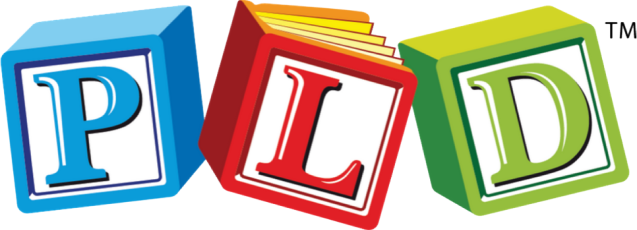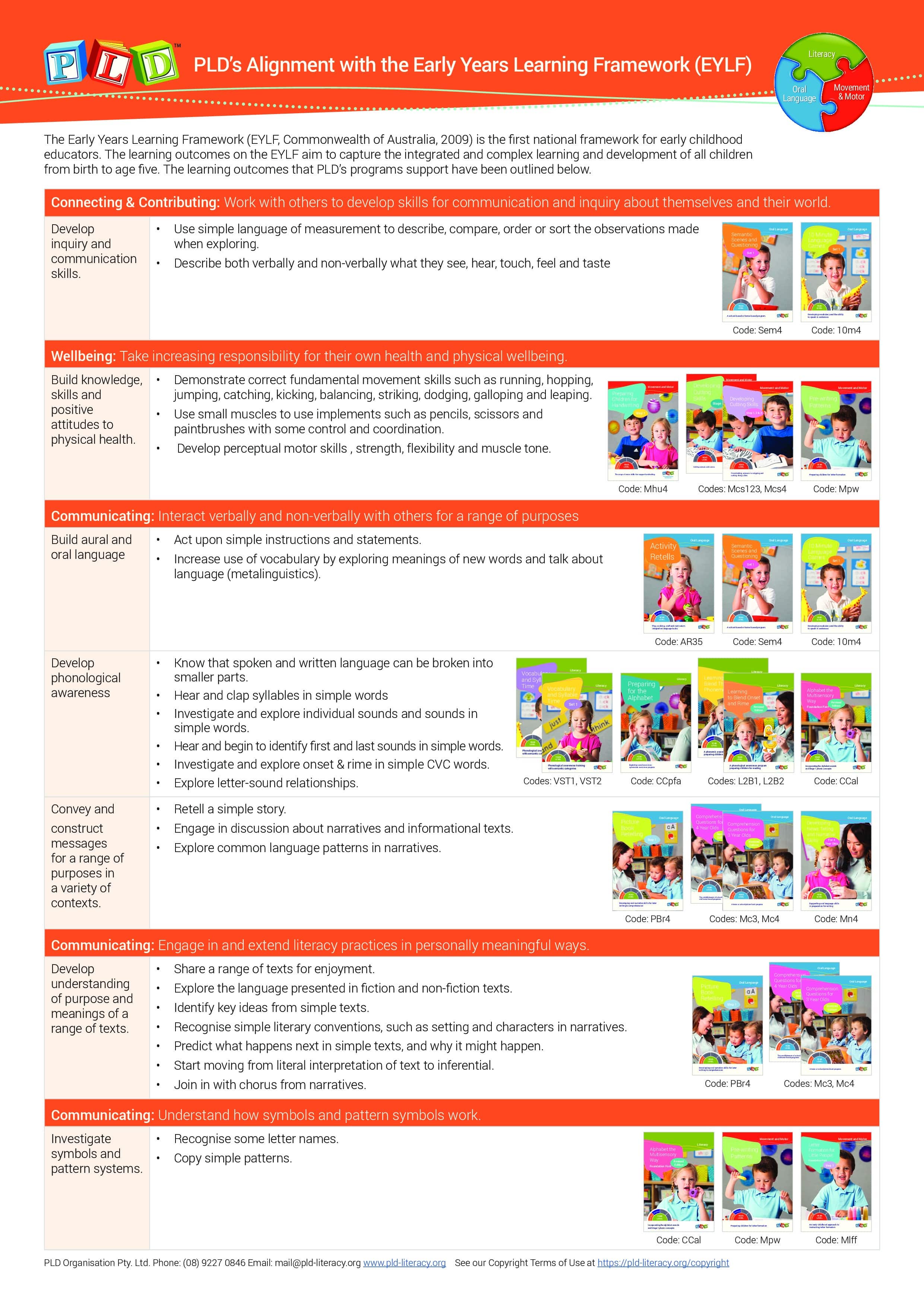-

Foundation Parent Education Sheets and Downloads – Semester 1
This booklet outlines key information to be provided to parents, caregivers and the wider community within semester one. Children benefit when home and school work together. To support this, PLD offers an extensive range of parent milestone information sheets and videos. These resources are ideal to be disseminated to parents and the wider community through […]
This booklet outlines key information to be provided to parents, caregivers and the wider community within semester one. Children benefit when home and school work
-

Foundation Teaching Sequence Manual
The Foundation Teaching Sequence Manual outlines what to teach and when to teach it sequence over a full year for Literacy, Oral Language and Movement & Motor. The manual provides week-by-week guidelines including professional development options and essential PLD evidence-based programs. Keep in mind that it may be appropriate for schools to adapt the timing […]
The Foundation Teaching Sequence Manual outlines what to teach and when to teach it sequence over a full year for Literacy, Oral Language and Movement
-

Foundation to Year 3 Teaching Sequence: Phonics & High-Frequency Words
An evidence-based structured synthetic phonics (SSP) program that integrates the teaching of high frequency words (HFW’s) within the phonic sequence.
Following an extensive literature review recently, PLD upgraded our approach to teaching high-frequency words (HFW) by amalgamating it with our phonic progression. Our unique approach
-

Foundation Semester 2 Phonics & High Frequency Words – School & Home Version
Following an extensive literature review, PLD has upgraded our approach to high frequency words (HFW). In a recent blog, a range of tips were provided to remove the confusion that surrounds sight words. Since that point, we have developed our approach further. Our 2020 approach to HFW tackles three commonly encountered issues: Teaching HFW in […]
Following an extensive literature review, PLD has upgraded our approach to high frequency words (HFW). In a recent blog, a range of tips were provided
Foundation Screening & Tracking Manual
The Foundation Screening & Tracking Manual outlines step-by-step instructions including what and when to screen, the materials required, time allocations and discontinue rules. We recommended that the screens are administered following a solid period of repeated targeted instruction as outlined in the PLD Foundation Teaching Sequence Manual. In this way, the screens function as a check-in on progress.
As a support to the Foundation Screening & Tracking Manual, PLD has recently released Foundation Tracking Sheets Videos which outline how to create the three targeted teaching groups.
Keep in mind that it may be appropriate for schools to adapt the timing of the skills depending upon the demographics of the school community and the associated student entry levels to the school.
Download the Screening & Tracking Manuals for other year levels:
See our Copyright Terms of Use at https://pld-literacy.org/help-pages/copyright-policy/.
Books: PLD’s books may only be used by the Authorised Purchaser, and the Authorised Purchaser’s students, and only in conjunction with classes taken by the Authorised Purchaser. PLD’s books may be photocopied up to 10% per year for use only by the Authorised Purchaser. The Authorised Purchaser is defined as the original purchaser of the PLD materials.
eBooks: PLD’s eBooks may only be used by the Authorised Purchaser, and the Authorised Purchaser’s students, and only in conjunction with classes taken by the Authorised Purchaser. The Authorised Purchaser is defined as the original purchaser of the PLD eBook. Under the ‘Statutory Educational License’ the authorised purchaser can:
- View the eBook as a whole or in part
- Copy the eBook to their personal drive or locally on their device
- Display the eBook on your Interactive Whiteboard, projector or smart TV, for the purpose of teaching the students in their own classroom
- Photocopy or print up to 10% of the eBook per year, for use with the students in their classroom(s).
For copyright purposes, every page of the PLD eBooks will be stamped with the name & email address provided by the purchaser at the time of order. PLD ebooks belong solely to the purchaser and may not be shared with colleagues, parents or anyone else. PLD eBooks must not be uploaded to school servers, intranets or online platforms. Schools wishing to licence PLD eBooks can contact us HERE.
School Licences: A School Licence is a multi-user subscription to a PLD resource, such as a book or program, in a digital and printable format that is accessible via the ‘My Subscription’ section of the PLD website. A School Licence is valid for 12 months from the date of purchase and can be used by an unlimited number of teachers within a school. When bought under a School Licence:
- Resources are accessible in digital, flipbook format, which teachers can access from anywhere, at any time, on any device via the PLD website.
- The resources can be used by any amount of teachers in that school.
- Multiple teachers can access the resources simultaneously.
- The resource is available to print, subject to the standard 10% per year limitation as per Australian Copyright law.
- Updated versions of resources will be automatically accessible to users with a current licence for free, ensuring all users have access to the latest versions of resources.
- Resources are stored centrally and accessed via a secure login account on the PLD website. Thus, all currently subscription resources are accessible in the one convenient place, making resources extremely easy to find. Moreso, the school licence offering eradicates the frustration of lost or misplaced resources and programs which happens often with hardback books.
Additional information can be accessed via the following links:
Books: https://support.pld-literacy.org/en-au/article/plds-printed-electronic-materials-how-can-they-be-used-can-i-share-them-with-a-friendcolleague-9lk4y/
eBooks: https://support.pld-literacy.org/en-au/article/the-pld-ebooks-how-can-they-be-used-what-is-the-copyright-policy-ptfya8/
PLD’s Copyright Policy: https://support.pld-literacy.org/en-au/article/copyright-and-terms-of-use-of-pld-literacy-15tkcer/









